Breadcrumb
Pre-war Jewish Life in Europe
Subject
- History
Language
English — USUpdated
Pre-war Jewish Life in Europe
Explore photographs depicting the everyday life of European Jews between World War I and World War II.


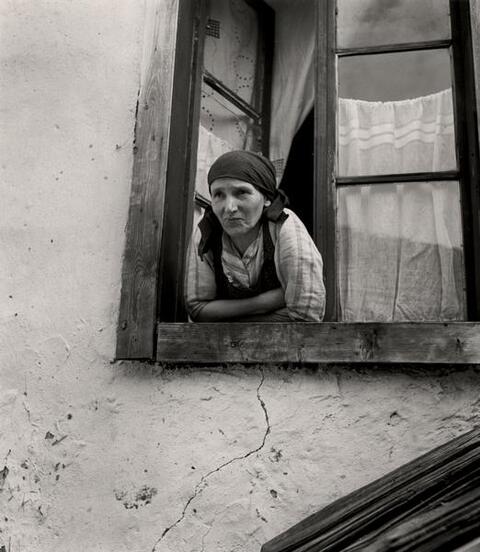

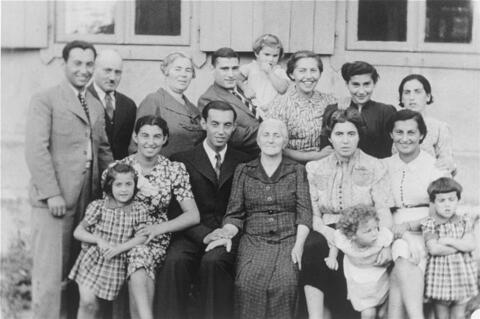

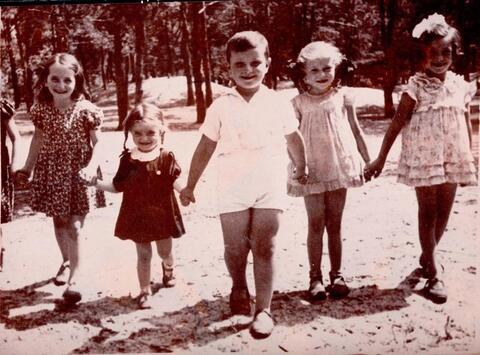

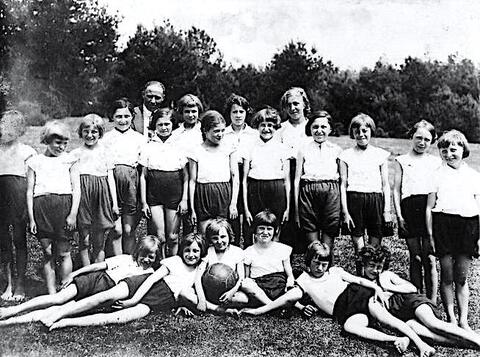

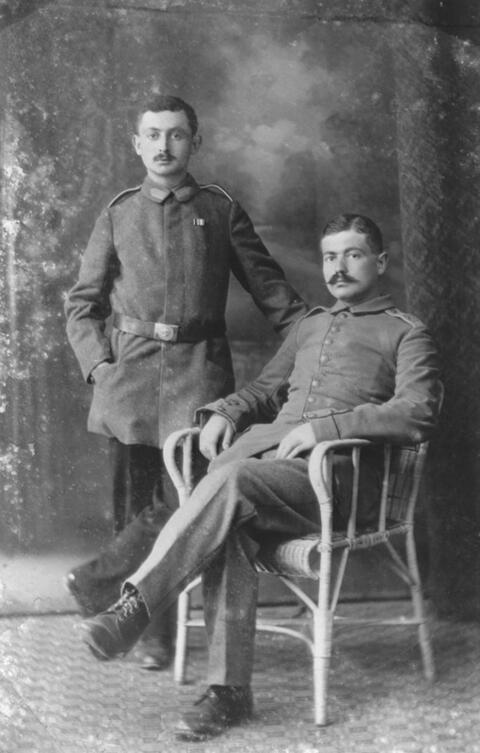

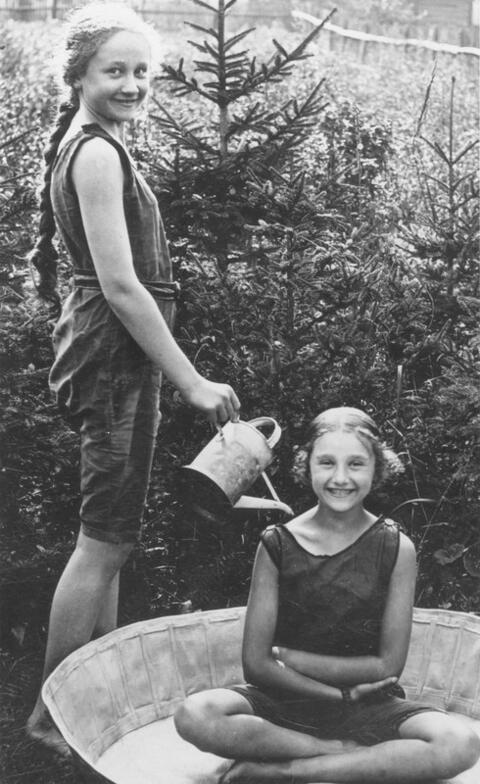

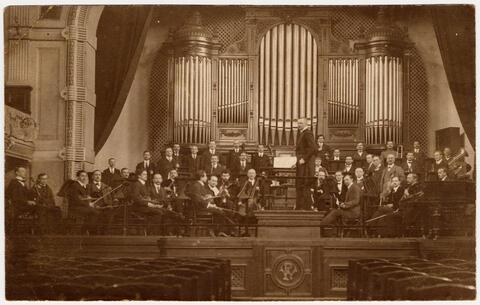

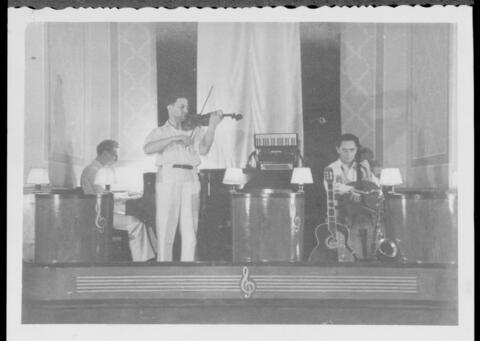

Teacher and Students in a Heder
Teacher and students in a heder in Lublin, Poland, in the 1920s. These Jewish elementary schools taught the basic elements of Judaism and created generations of literate Jews. Photographer: Alter Kacyzne (killed in a Nazi pogrom in 1941).
Photograph of a Jewish Housewife by Roman Vishniac
A housewife, ca. 1935–1938. Vishniac’s images, while profound and moving, offer only a limited portrayal of the Jewish population in pre-World War II Europe. They helped to shape images of eastern European Jews as poor and traditional.
Three Generations of a Jewish Family, Vilnius, Lithuania
Three generations of a Jewish family in Vilnius, the capital of Lithuania, in 1938 or 1939. In the eighteenth century, Vilnius (Vilna in Yiddish) was a center of Jewish learning. By the 1920s and 1930s roughly a half of the city’s inhabitants were Jews.
A Group of Jewish Children, Lublin, Poland
A group of Jewish children, prewar, Lublin, Poland. Between the two world wars, Jews constituted Poland’s second-largest minority group. While many Polish Jews still lived a traditional life in rural towns, many moved to cities, where many quickly acculturated to modern life.
A Children's Volleyball Team in Szczuczyn, Poland
A volleyball team in Szczuczyn, Poland. In the interwar years, it was not uncommon for Jewish children to participate in school or community recreational activities with non-Jewish children. Despite the lurking danger of antisemitism, Jews often had close relationships with Christians, which led many to believe that Jewish integration was possible and might even be welcomed.
German-Jewish Soldiers during World War I
A studio portrait of two German-Jewish soldiers in Wollstein, Germany, during World War I, circa 1917.
Huber Sisters in Czechoslovakia, 1920
Irenka and Eliska Huber, sisters, at their home in Czechoslovakia in 1920.
Polish Symphony, 1930s
Members of a Polish symphony in the 1930s, including many Jewish musicians.
Ensemble of Jewish Musicians in Latvia, 1930s
A small ensemble of Jewish musicians performs in Riga, Latvia, in the 1930s.
You might also be interested in…
Americans and the Holocaust: The Refugee Crisis

Dismantling Democracy (UK)
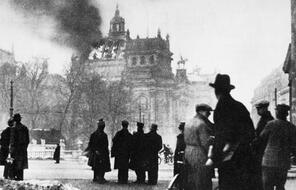
Jewish History and Memory: Why Study the Past?

The Holocaust - Bearing Witness (UK)

The Holocaust - The Range of Responses (UK)
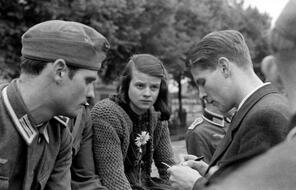
How Should We Remember? (UK)
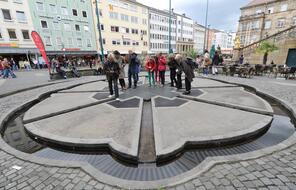
Justice and Judgement after the Holocaust (UK)
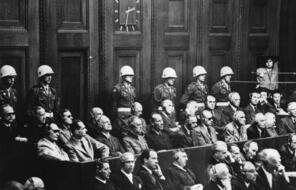
Kristallnacht (UK)
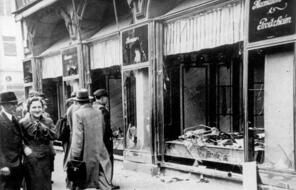
Jewish Identity and the Complexities of Dual or Multiple Belongings

Race and Space (UK)
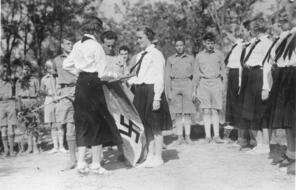
The Rise of the Nazi Party (UK)
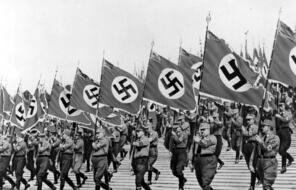
The Roots and Impact of Antisemitism (UK)


